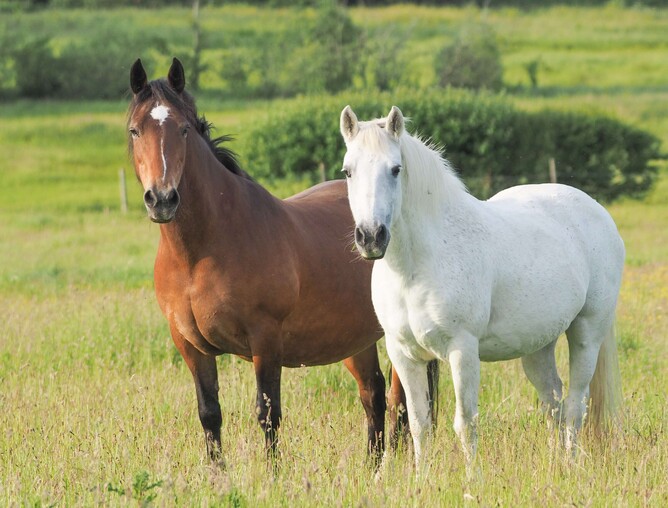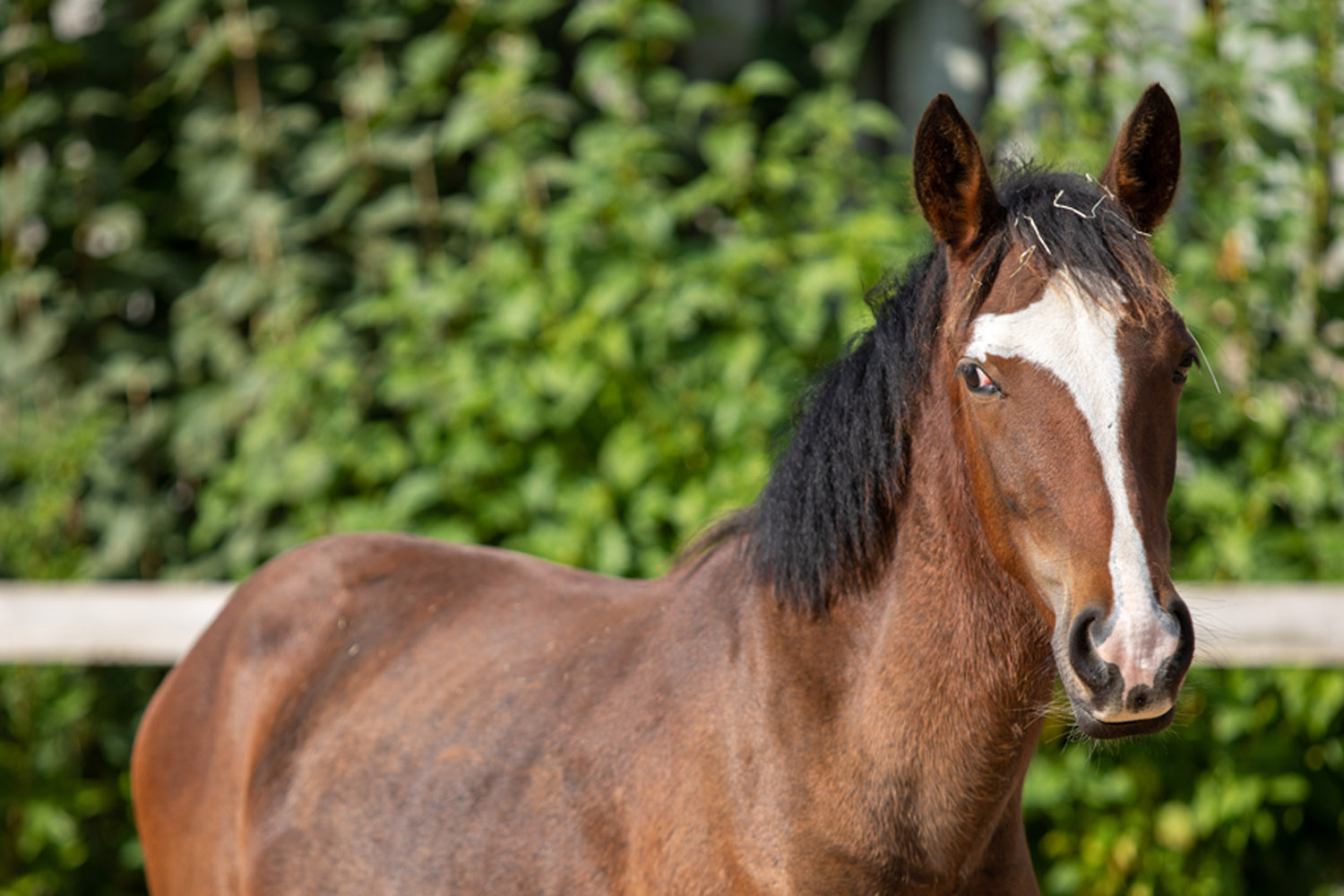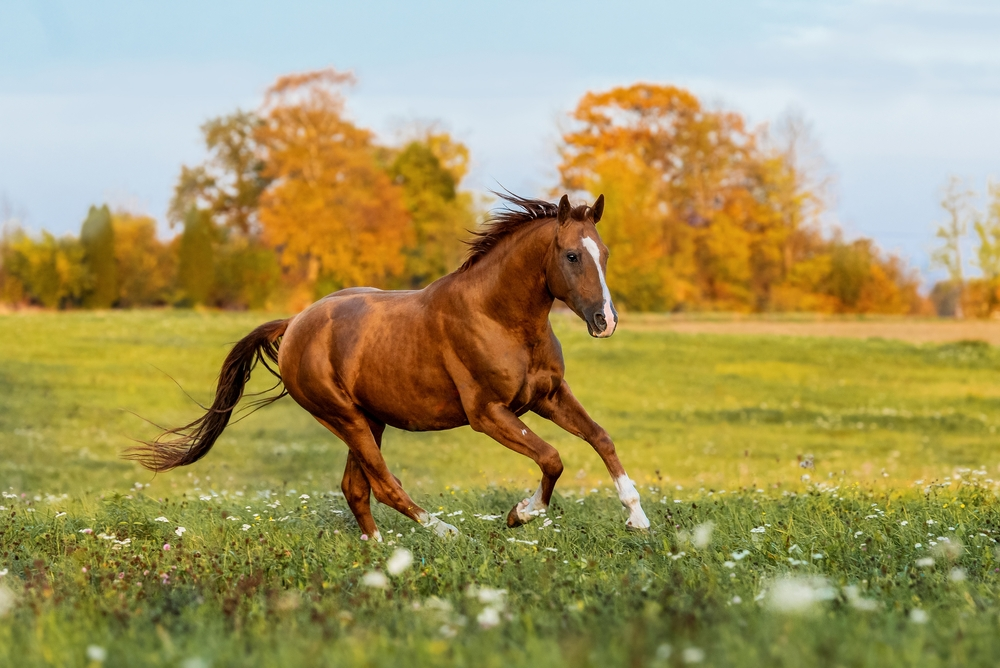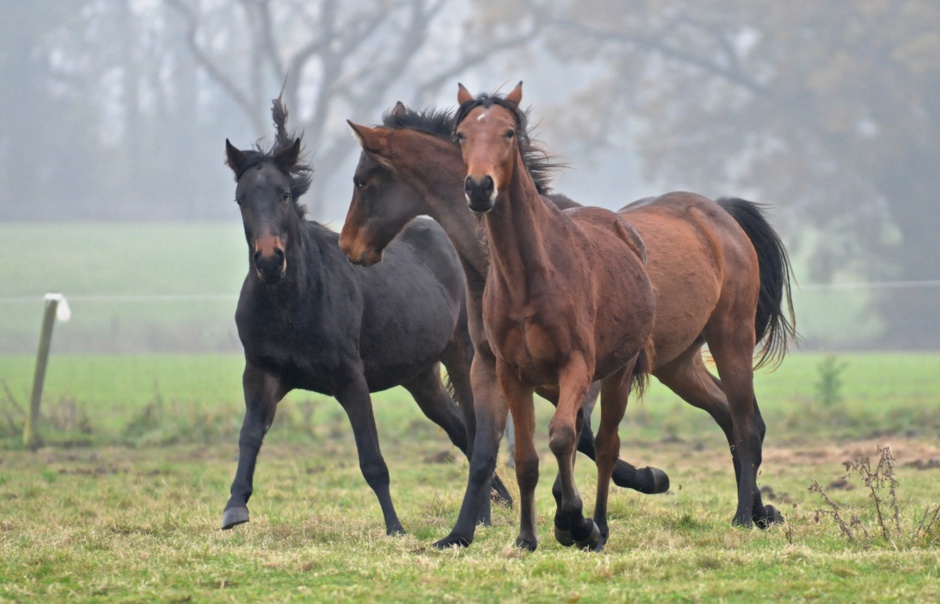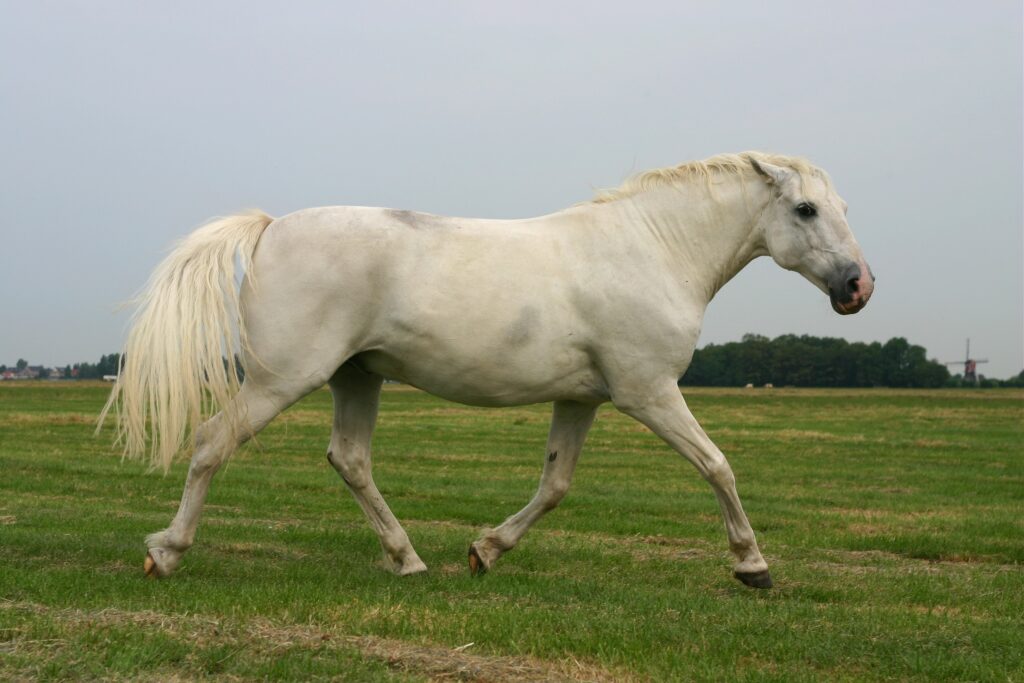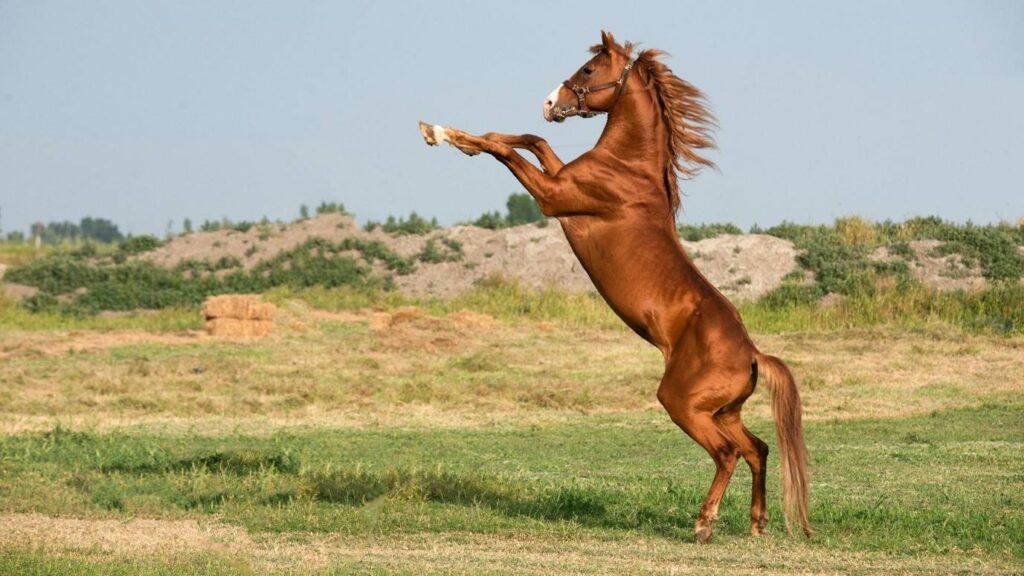Understanding the behavior of horses requires a deep dive into their natural instincts. One of the most prominent instincts in these majestic creatures is their tendency to stick together in groups, a characteristic known as the horse herd instinct. This article will explore this instinct, its implications, and how it shapes the behavior of horses.
Group Dynamics and Safety
The primary reason for the herd instinct in horses is safety. In the wild, being part of a group increases an individual horse’s chances of survival. Predators find it more challenging to single out and attack one horse when it’s part of a larger group. This instinct carries over into domesticated horses, even though they’re not typically exposed to predatory threats.
Social Structure in Horse Herds
Another aspect of the herd instinct in horses is the establishment of a social hierarchy within the group. Typically, there’s a dominant mare that leads the group and makes decisions, followed by subordinate members who follow her lead. This structure ensures order within the herd and contributes to the overall survival of the group.
Implications for Horse Care
Understanding the herd instinct in horses can provide valuable insights for horse owners and caregivers. It can inform decisions about housing, training, and handling horses. For more on equine psychology and behavior, check out this comprehensive article.
Conclusion
The herd instinct is a fundamental part of a horse’s nature, shaping its behavior and interactions with other horses. Recognizing and respecting this instinct can help foster a better understanding and relationship between horses and humans. For those looking to nourish and restore their horse’s health or seeking a wellness made simple approach, understanding these instincts is crucial.



